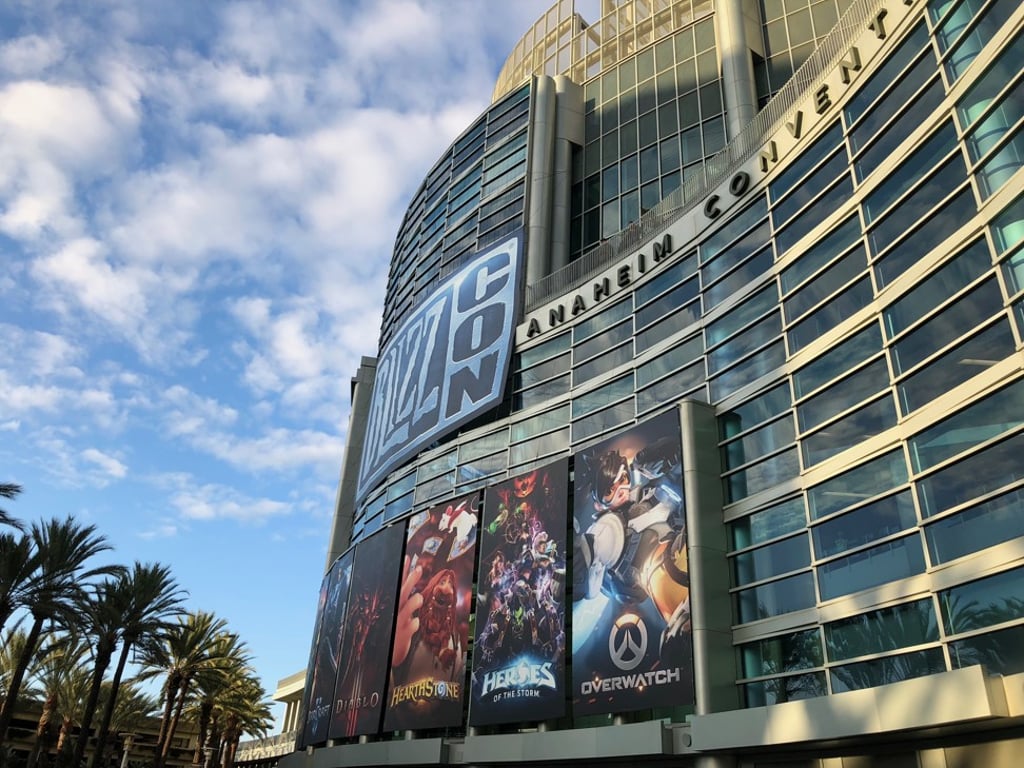Apple iPhone X and Huawei Mate 10 Pro camera comparison: point-and-shoot prowess versus Instagram-ready punch
Premium smartphones show their strengths and weaknesses in our daylight, low light, night and bokeh photography tests, and in video shooting

Whether fairly or not, every new iPhone that hits the market immediately becomes the de facto official device against which top Android smartphones are compared. While there is no shortage of powerful flagships on the market right now, Huawei, as usual, has been doing the most trash talking against Apple in recent weeks.
So we figured we’d pit the two company’s flagships – the iPhone X and the Mate 10 Pro, released just a week apart in most parts of the world – against each other for a good ol’ fashion camera shoot-out.

Before we ring the bell let’s get the tale of the tape: both devices sport a 12-megapixel “main” rear camera, but each handles the secondary rear camera differently.
The best places in Asia to photograph: six Instagramers and photographers pick their favourites
Huawei’s second shooter is a 20-megapixel monochrome sensor that the company says helps the Mate 10 Pro take in more light information for post-shot processing. Apple, meanwhile, flanks the iPhone X’s main lens with a secondary 52mm telephoto lens that has a longer focal length, which effectively magnifies images.
